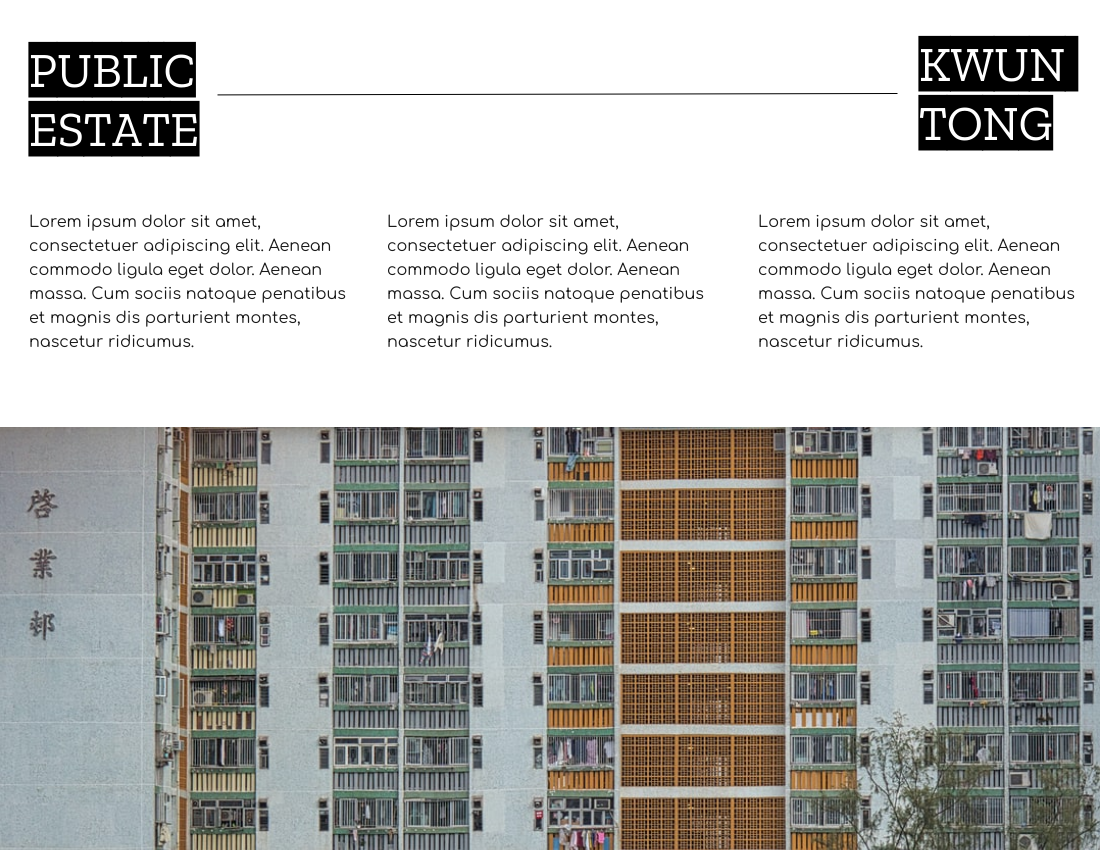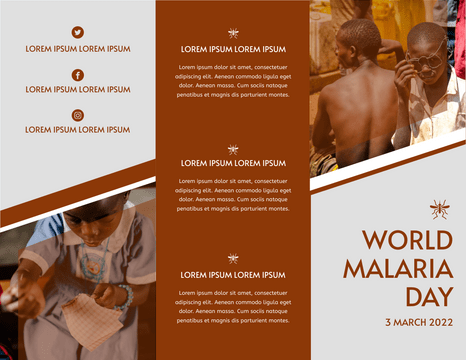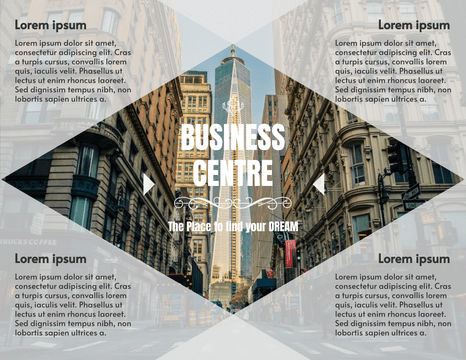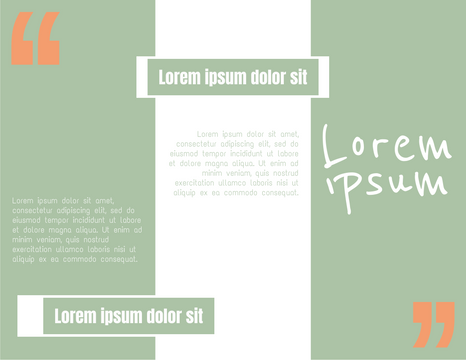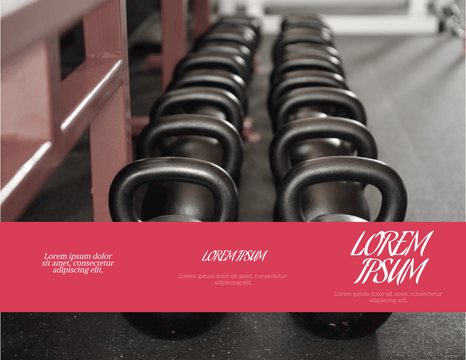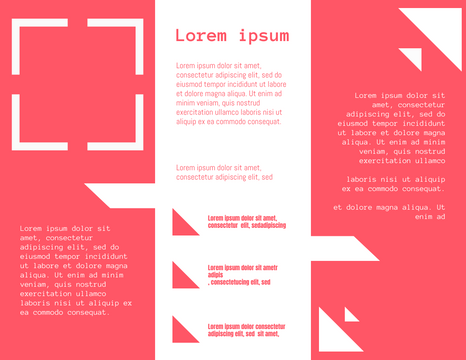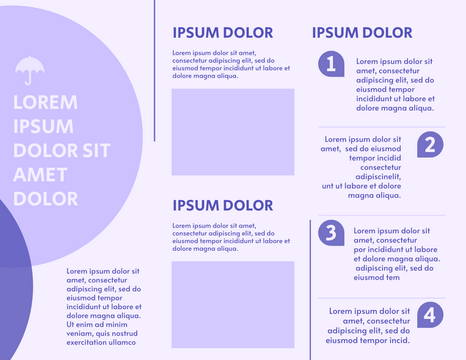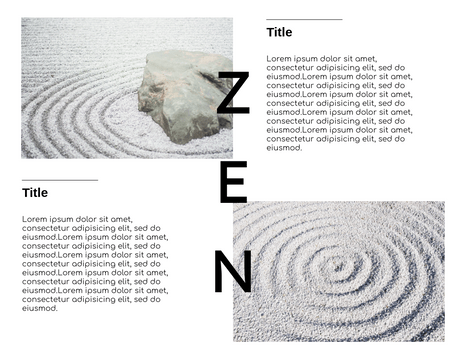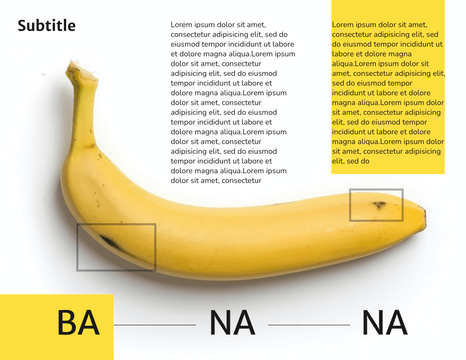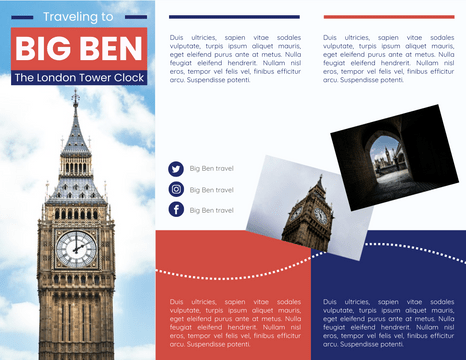The predecessor of public housing in Hong Kong is resettlement area. The fire started in 1953 in Shek Kip Mei Village, Sham Shui Po. At that time, in order to provide shelter for the victims as soon as possible, the Hong Kong government quickly built the resettlement building (commonly known as the seven storey building) on the original site. Since then, the government has built resettlement areas in Hong Kong and Kowloon, such as Wong Tai Sin, Lao Hu Yan and Cheung Sha Wan Lei Cheng house, to attract residents to live in wooden houses.

(Postcard of Hong Kong cityscape. Edit now.)
At that time, there was no independent toilet or kitchen in public housing. Flat roof primary school is set up on the top floor to facilitate children living in the resettlement area to go to school. With the change of the times, the types of public housing have been innovated, and the floors have become higher and higher. Most of the public estate built in the 1960s have only 16 floors, and the public estates built in recent years have about 30 or 40 floors. In addition, the Hong Kong government has also introduced small family unit buildings and elderly accommodation to meet special needs.
KWUNTONG
PUBLIC ESTATE
